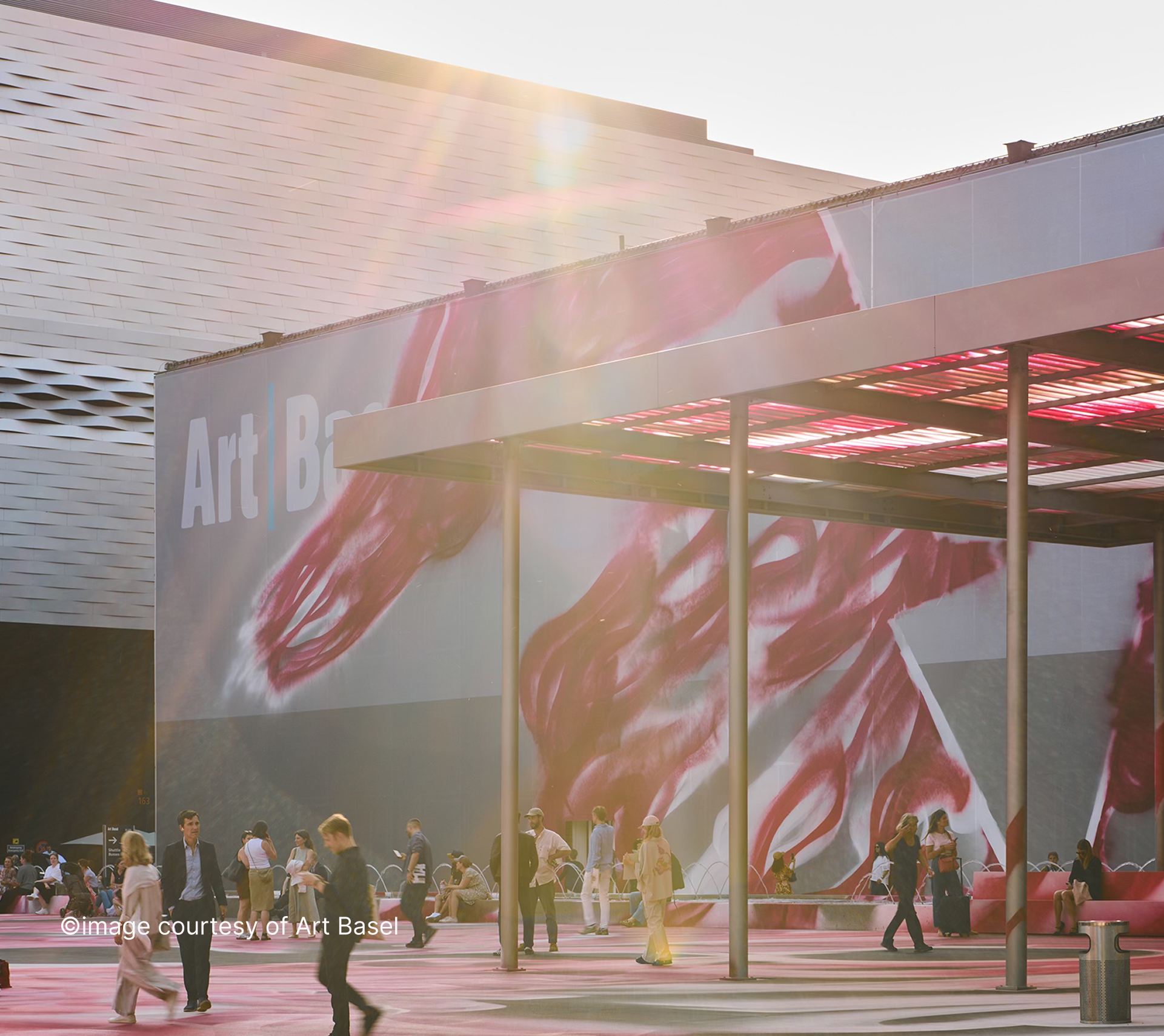
The 55th edition of Art Basel reaffirms its position as the most influential fair in the global art world, even as shifting economic realities and rising competition challenge its long-held dominance. This year’s event opened with its familiar cadence—multimillion-dollar masterpieces on display, murmured speculation along the aisles, tram-side recommendations, and critiques shared over glasses of Grüner Veltliner. But beneath the polished surface, the fair revealed an art market undergoing quiet recalibration. Exceptional works by major names were present: Mark Rothko’s No. 6/Sienna, Orange on Wine (1962), priced between $30 and $50 million at Hauser & Wirth, and Picasso’s 1969 Homme à la pipe assis et amour at Pace Gallery, listed at over $30 million. Yet, while quality remained high, many top-tier pieces lingered “on hold,” as buyers moved with greater caution amid global uncertainty and the ripple effects of underwhelming spring auction results in New York.
Leading American collectors like Howard Rachofsky and Pamela Joyner attended the VIP preview, but overall energy on the floor felt more muted. As Pace Gallery CEO Marc Glimcher noted, there was a spark of activity early in the day, though momentum quickly subsided. Adding to the fair’s complex position is the emergence of Art Basel’s own Paris edition—scheduled for October—which, along with a newly announced Qatari fair launching in 2026, is reshaping collector travel habits and global attention. Even so, Basel held its ground, producing notable sales such as David Zwirner’s placement of a 10-foot brass wire sculpture by Ruth Asawa for $9.5 million. Leonora Carrington’s surrealist triptych The Mermaid’s Dream (1963), offered by Di Donna for the same figure, had yet to find a buyer midweek. Mid-market activity remained resilient, with Victoria Miro selling Flora Yukhnovich’s 2020 canvas Minuet for $2.5 million, close to her auction peak.
The fair’s Statements section, focused on emerging voices, drew increased attention. A standout was British artist Rhea Dillon, presented by London’s Soft Opening, who won the Baloise Art Prize for a compelling series referencing maritime trade and post-colonial memory. All her works, priced around $20,000, sold quickly during the preview, underscoring continued collector interest in politically engaged, conceptually rigorous art. Yet, for some, this year’s edition felt overly safe. As collector Alain Servais observed, the growing use of digital previews and pre-sales has transformed Art Basel from a space of discovery into one of social visibility—less about risk and more about confirmation. Nonetheless, the significance of Basel is undiminished. As Lucerne-based collector Igor Lah succinctly put it, “If you want to know what’s going on in the art market, you have to come here” (The New York Times). From Fora Gallery’s perspective, Art Basel 2025 offered a quiet, thoughtful moment of introspection for the industry—less about spectacle, more about recalibration. In a shifting market, its value lies not only in the art on the walls, but in its continued role as the compass of the contemporary art world.